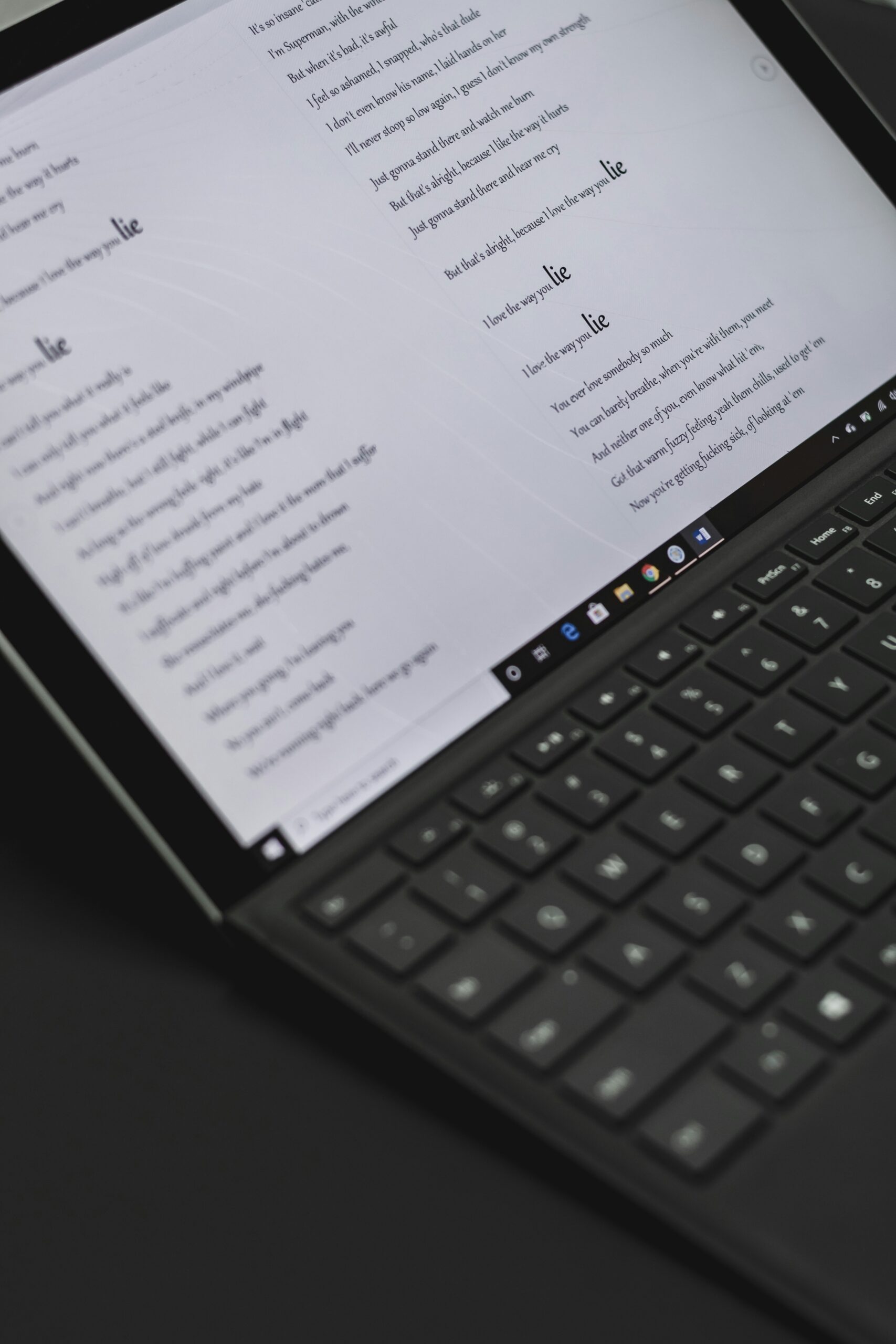Did This Controversial Call Spark the Most Heated Debate in Sports History?
Sports, at their core, are more than just games—they are a rich tapestry woven with passion, rivalry, and, often, controversy. One moment can change the trajectory of a season, a career, or even the history of a sport. Occasionally, as fans, players, and officials know all too well, a single call can ignite a firestorm of debate that lasts for years. While there have been many such moments throughout history, one particular call stands out as a defining point of contention: the infamous “Tuck Rule” call in the 2001 AFC Divisional Playoff game between the Oakland Raiders and the New England Patriots.
The Setup: A Game for the Ages
Let’s set the stage. It was January 19, 2002, in a snow-laden Foxborough, Massachusetts. The Raiders were leading the Patriots 13-10 with just under two minutes remaining in the fourth quarter. Tom Brady, the young quarterback who would go on to become a legend, was driving the Patriots down the field. As he dropped back to pass, he was hit by Raiders cornerback Charles Woodson, causing the ball to pop loose and seemingly giving the Raiders possession. The stadium roared, and the Raiders’ sideline erupted in celebration. But then, in a twist that would become infamous, the referees convened and reviewed the play. After what felt like an eternity, they ruled that Brady had been attempting to tuck the ball back into his body, thereby invoking the Tuck Rule, which stated that if a quarterback loses possession of the ball while attempting to pass, it isn’t considered a fumble.
The Aftermath: A Firestorm Erupts
The fallout from that call was immediate and intense. Raiders fans were livid, and many still consider it one of the most egregious errors in sports history. The Patriots capitalized on the call, and Brady led a game-tying drive, ultimately winning the game in overtime. For those of us who witnessed it, that game was not just a turning point for a franchise; it was a moment that would reverberate through the annals of NFL history. I remember watching that game, and my heart sank as the call was made. It felt unfair, like a punch to the gut.
The Controversy: Analyzing the Tuck Rule
But what is it about this particular call that stirred such passion? The Tuck Rule itself was a convoluted piece of NFL legislation that many fans, players, and even officials struggled to comprehend. Essentially, it blurred the lines between a fumble and an incomplete pass, leading to confusion on the field and outrage in the stands. Some might argue that the rule was necessary to protect quarterbacks from reckless hits, while others saw it as a crutch that led to unjust outcomes.
To further complicate matters, the Tuck Rule was used sparingly throughout its existence, and many players voiced their frustration over its application. Former NFL safety Rodney Harrison, for one, claimed the rule created “more questions than answers.” It was like trying to explain the offside rule in soccer to someone who just took up the game—complex, often subjective, and rarely without debate.
Different Perspectives: Fans, Players, and Officials
The Tuck Rule call not only divided fans on the day of the game; it became a talking point for years to come. For Raiders fans, it was a moment of despair, while Patriots fans celebrated what they saw as a stroke of luck. In the years that followed, numerous players, coaches, and analysts weighed in on the call.
Take former head coach Jon Gruden, for example. His passionate remarks following the game reflected the frustrations of an entire fan base. “That’s not a fumble,” he proclaimed, his voice dripping with disbelief. “You can’t let a game come down to a call like that!” On the other side, Brady himself would eventually refer to the moment as a “turning point” in his career. It’s fascinating how perspective can shape one’s recollection of events.
The Ripple Effect: Impact on Future Games
In the years following the Tuck Rule incident, the NFL faced mounting pressure to either clarify or abolish the rule entirely. Fans and analysts alike questioned its validity, and it became a frequent topic on sports talk shows. In 2013, the league finally decided to eliminate the Tuck Rule altogether. Many rejoiced, believing that clarity had finally been restored to the game. But, as any sports fan will tell you, one controversy often leads to another.
Interestingly, the Tuck Rule wasn’t just about one game—it ignited discussions about officiating standards, the role of technology in sports, and how subjective calls can drastically affect outcomes. It raised questions about the integrity of the game. After all, if a rule so ambiguous could dictate a playoff game, what does that say about the officiating process?
Reflections from the Past: Similar Calls That Rattled the Sports World
The Tuck Rule call wasn’t the first, nor would it be the last, moment of controversy to rock the sports world. Many can recall other infamous calls that sparked debates for years:
- The “Immaculate Reception” (1972) – Was it a catch or an incompletion? The Steelers’ Franco Harris snagged a deflected pass, leading to a game-winning touchdown and a myriad of theories about the legality of the play.
- The “Phantom Touchdown” (2013) – In a game between the Detroit Lions and the Dallas Cowboys, a non-call on pass interference led to a touchdown catch that remains hotly debated among fans.
- The 1985 NBA Finals – A late-game call against the Los Angeles Lakers sparked outrage, with coach Pat Riley expressing his disbelief that the call could be made in such a crucial moment.
Each of these moments, like the Tuck Rule, has its own legacy of controversy that fans still debate to this day. It’s a testament to the emotional investment we have in our teams and how deeply we feel about the rules governing the games we love.
Fan Reactions: The Passion of the People
Through the years, various fan movements have emerged in response to controversial calls. The Tuck Rule sparked a wave of social media hashtags and memes. I’ll never forget the countless posts with #TuckRule, where fans vented their frustrations, often with a mix of humor and despair. Some even created elaborate videos dissecting the play, breaking it down frame by frame. It’s remarkable how technology allows us to relive these moments ad nauseam.
Sports talk radio lit up with debates, and online forums became battlegrounds where fans took sides. Some Raiders fans even donned T-shirts emblazoned with slogans like “Tuck This!” as a rallying cry. It became a part of their identity, a badge of honor in the face of perceived injustice.
Experts Weigh In: The Role of Officials
As the debate raged on, experts began to weigh in on the role of officials in determining the game’s outcome. Former officials and referees expressed their views on the pressures they faced during high-stakes games, often leading to second-guessing of their decisions. “It’s a tough job,” one former referee noted in an interview. “You’re making split-second decisions in front of thousands of fans and millions watching at home. It’s easy to criticize from the couch.”
This sentiment resonates deeply, as many fans often forget the human element of officiating. After all, no one sets out to make a bad call. It’s a high-pressure environment, and mistakes will happen. Yet, it’s the nature of sports that fans will hold onto these moments, often using them as fodder for years of spirited debate.
Reflecting on Legacy: The Tuck Rule’s Cultural Impact
Fast forward to today, and the Tuck Rule has become emblematic of sports controversies. It’s referenced not just in the context of football, but in discussions around officiating across all sports. The phrase “That’s a Tuck Rule situation” has even made its way into casual conversation among fans, transcending the confines of the NFL.
Moreover, the Tuck Rule has inspired a generation of sports commentators and analysts. Many now approach calls with a more critical eye, armed with the lessons learned from that fateful day. The debate surrounding it has fostered a culture where fans demand clarity and accountability—something that can only benefit the sport.
A Continued Debate
Even years later, the Tuck Rule continues to spark conversations. Whenever there’s a close call in a game, you can bet that fans will compare it to the Tuck Rule incident, dissecting every angle and context. It’s a testament to how one controversial moment can leave an indelible mark on the sporting landscape.
Conclusion: The Nature of Controversy in Sports
In the grand scheme of sports, the Tuck Rule call is but one of many moments that have sparked heated debates. But its impact is undeniable. It’s a vivid reminder of the passion that sports evoke in all of us. Whether you’re a Raiders fan still bemoaning that call or a Patriots supporter celebrating the triumph, the Tuck Rule will forever be a part of the narrative.
As we look to the future, one can’t help but wonder what the next controversial call will be and how it will shape our understanding of the game. What remains clear is that sports will continue to be a battleground for opinions, emotions, and the occasional outrageous call that leaves us all questioning. And for that, we can be thankful—because without controversy, where would the drama of sports be?
So, the next time you find yourself in a heated debate over a call, just remember: you’re part of a long tradition of passionate fans who care deeply about the games we love. And who knows? Perhaps one day, you’ll tell your grandchildren about the time you witnessed the Tuck Rule live, shaping the way the game is played and officiated for generations to come.




